10 February 2022
Lincoln
Our boiler has broken down and because of a curious set of circumstances (which includes having a new bathroom installed) we’ve been without heat and hot water for a couple of weeks.
After several days of experimentation I have a new morning routine:
1. 0530: Switch on oil heater (outside of bathroom).
2. 0600: Boil three kettles of hot water and pour into mop bucket (situated in the shower) and cool with cold water.
3. 0610: Insert battery powered shower.
4. 0611: Position the shower head over the bucket to recycle as much water as possible.
5. 0612: Apply shampoo (if required) prior to switching the shower on.
6. 0614: Switch shower on and proceed with manic washing, trying not to drop the soap.
Because I work from a camper van, I’m used to the odd flannel wash, and there has been occasions where I’ve missed that procedure all together; where I’ve been awoken in the van by birdsong in a churchyard, or a muffled rap from a police officer’s gloved hand on the side window. It’s a lonely life being an architectural photographer - but now you know why.

I have a photo shoot in Southwell, but visit Lincoln on the day before the shoot. Even though I’ve managed to whittle down the practice of warmth and cleanliness out of an oil heater, a kettle, a shower-head and a piece of tube - I arrive in Lincoln feeling anxious.
The west front of the cathedral at Lincoln is free of scaffolding. I haven’t seen the west front without scaffolding for a long time, so I want to get the shot.
Before I head up to the castle I find myself besides a plain wall. It seems to amplify my anxiety. I turn to walk away until I’m snagged by the curious bend in the street. I get my camera out and let it lead the way. It settles me.
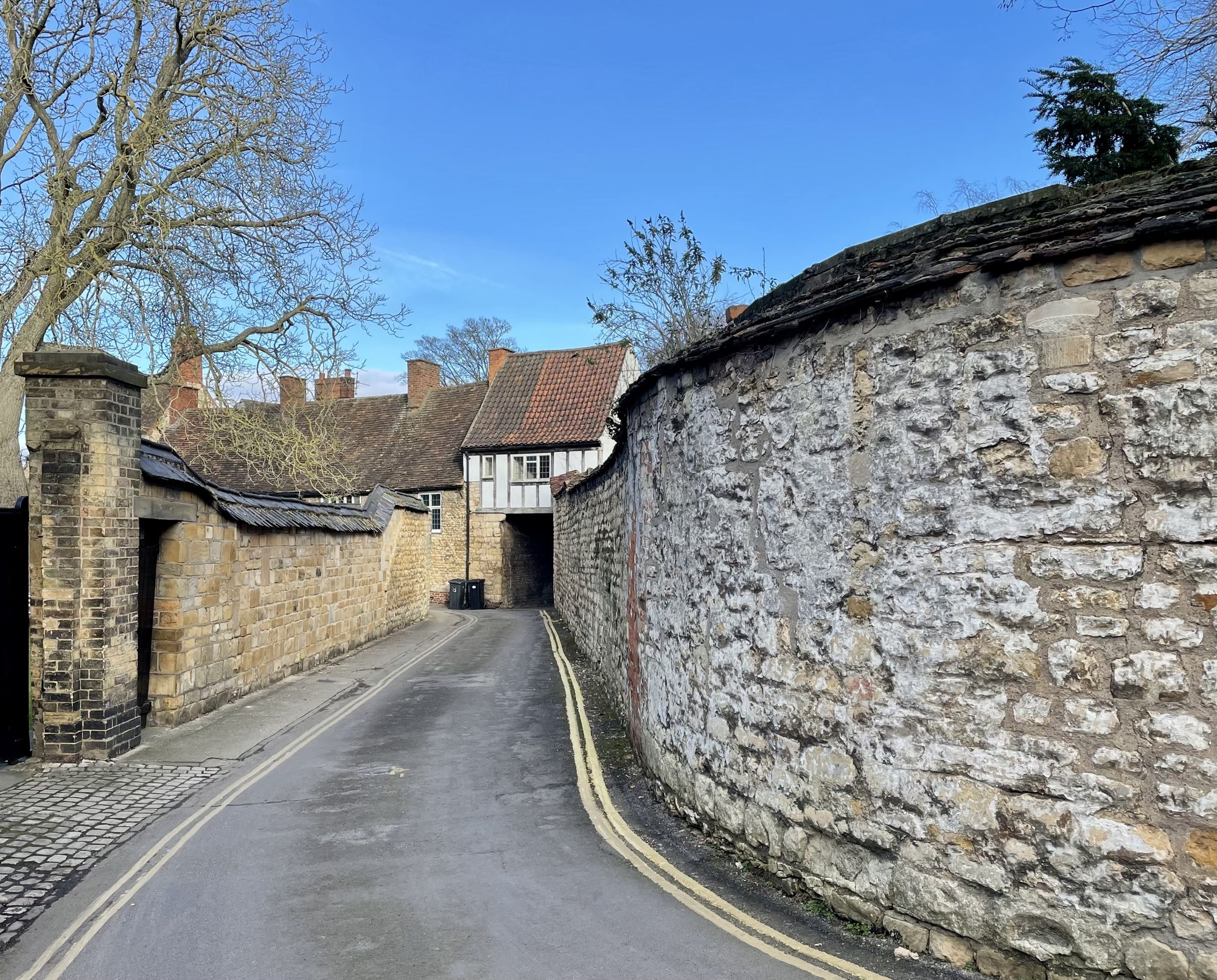
My lens tucks into the curve of the street and rests on a stud and timber gatehouse. The walls are topped by slate and pantile. Pantiles are my favourite roofing material. Their form is a kind of sculptural onomatopoeia: egressing along the rivuleted tiles run rivulets of rain.
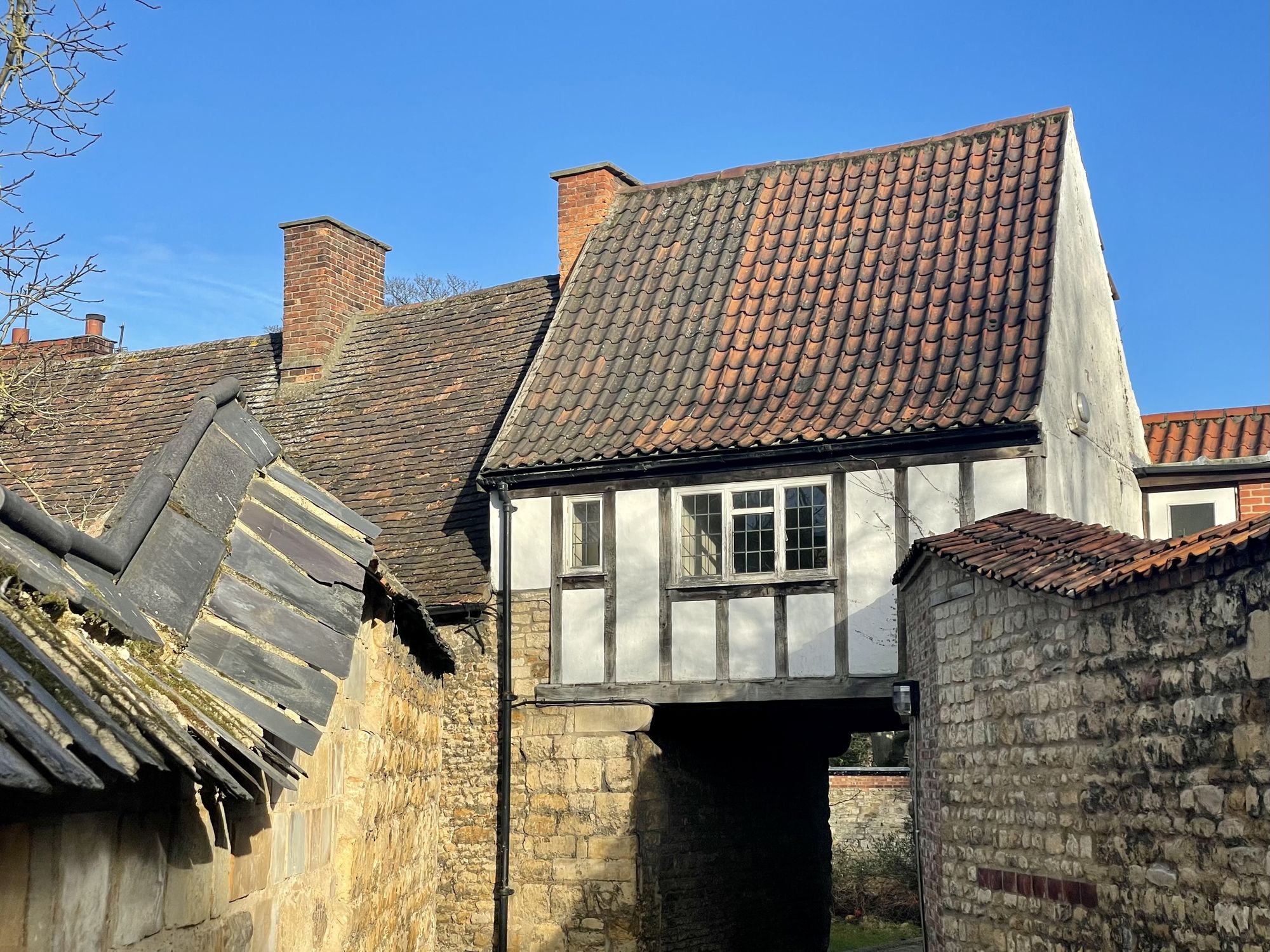
I photograph the walls and feel oddly comforted.
The walls are not mute. They tell me of the people that first came here, they impart the clay that lies beneath, they teach me of the geology of this place and reflect the pattern of nature. They consummate boundaries that are possibly two thousand years old, and protect plots of land once tilled by Romans: the soil here is rich with their detritus.
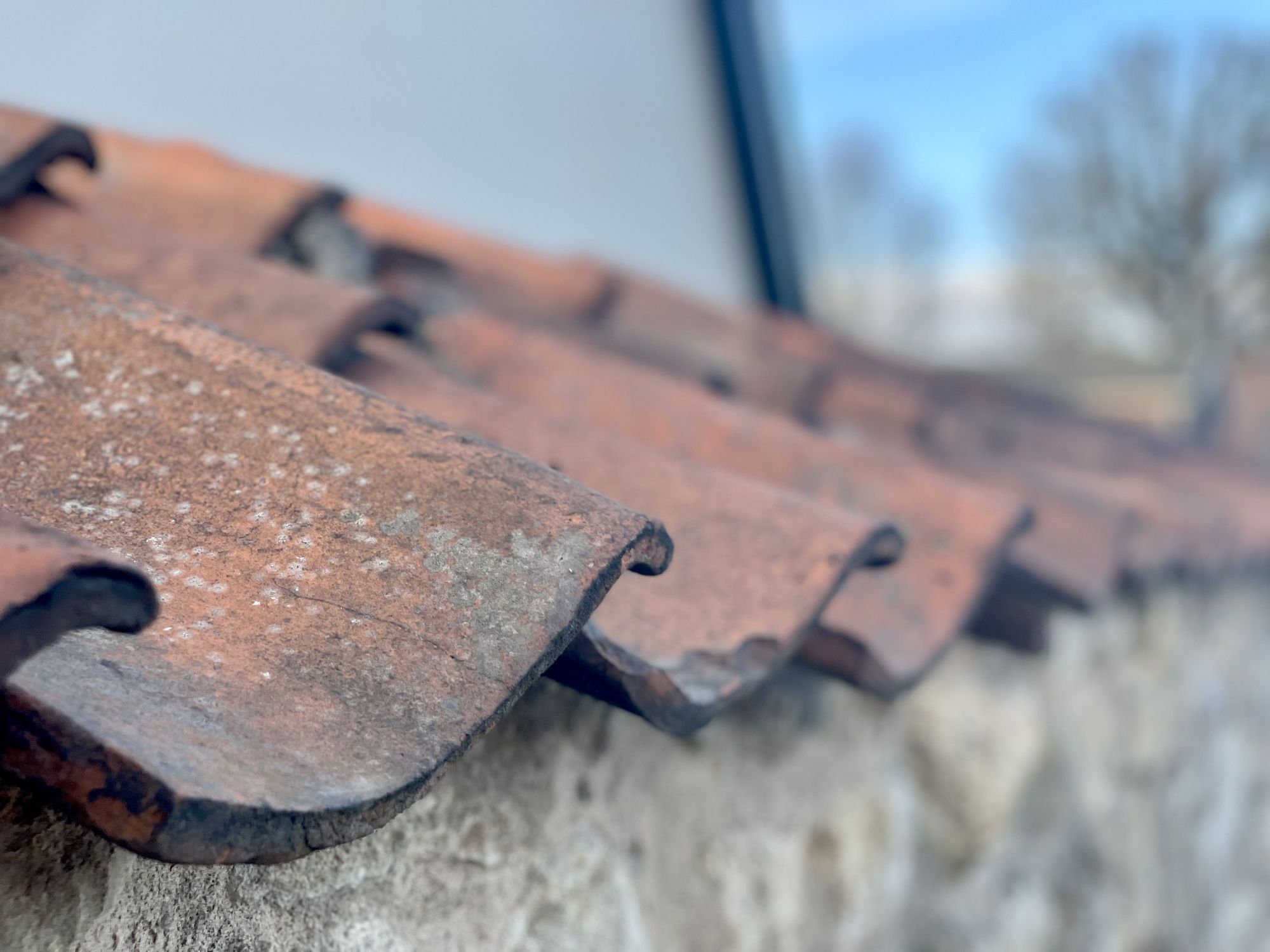
In Kassel, Germany there is a brass rod that presents itself on the surface as a disc that's 5.1cm in diameter. The rod extends into the earth by one kilometre and I've heard that standing on the spot induces a peculiar sense of objectivity and a wider perception of your place in this world. These walls are just like that.
This street, James Street, was once called Vinegar Lane - which in turn was thought to be a corruption of Vineyard Lane - indicating the existence of early vineyards in the area. Time-lapse these boundaries back to their origins and they might shrink in size, then morph from oolitic limestone into staves of ash, and then, into a gravelled ditch skirting the edge of a vineyard that flows like the pantiles I photograph today. These walls echo the bounds of centuries of activity - they are rooted back in time like the Vertical Earth Kilometre.
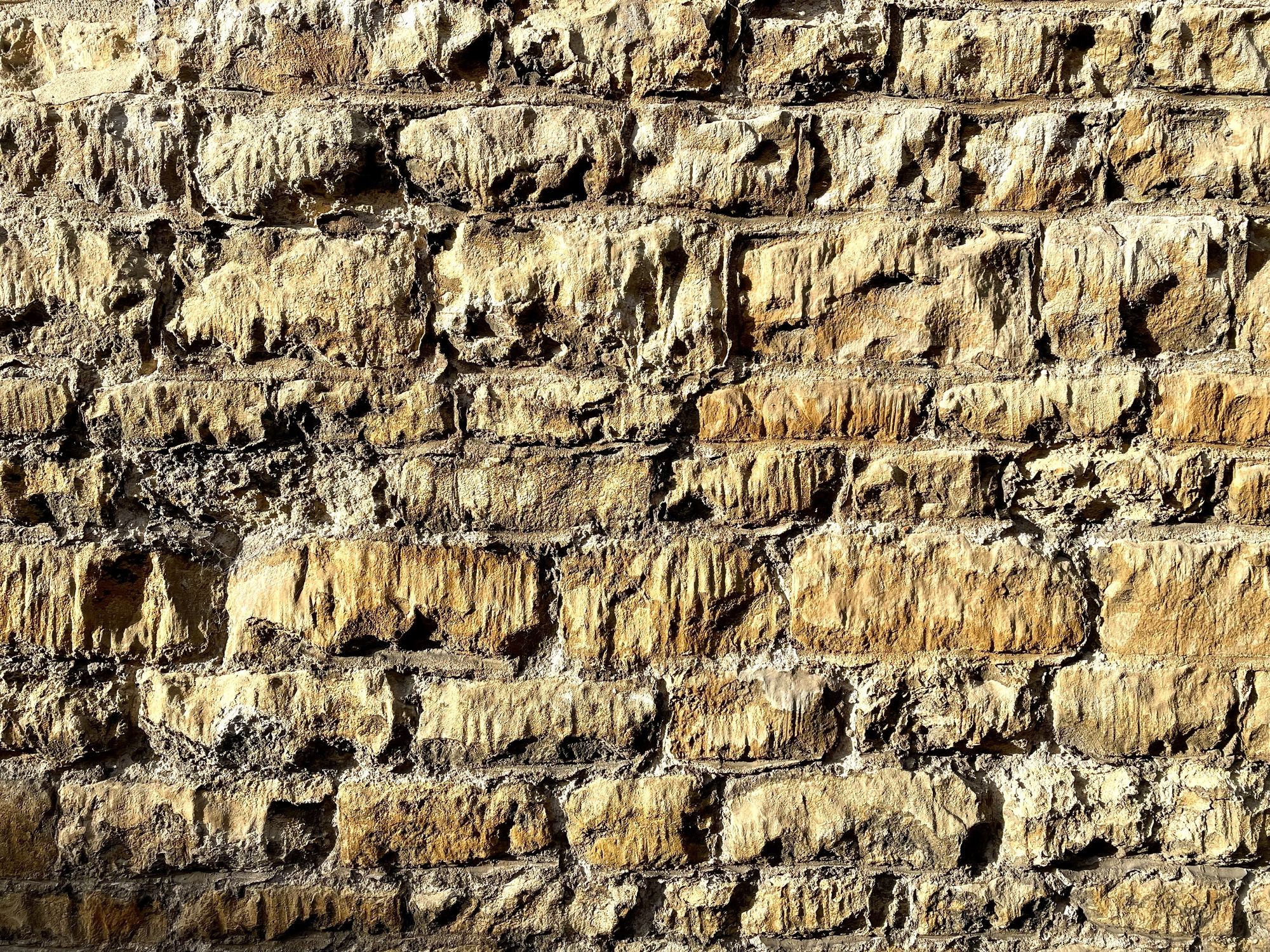
These days we are told that it’s best to be in the moment, to be present. For me, places like this justify, affirm and underpin the small brass circle of the here and now. They add a sense of rootedness and continuity; a relieving shift from our ‘just in time’ world, one that offers a relationship with the present that’s nourished by the past.
I’m reminded of David Whyte’s words: "Let the rest in this rested place rest for you."
I feel satiated.
This place, decanted through human occupation, has resolved itself. It is its rested state that is so powerful.
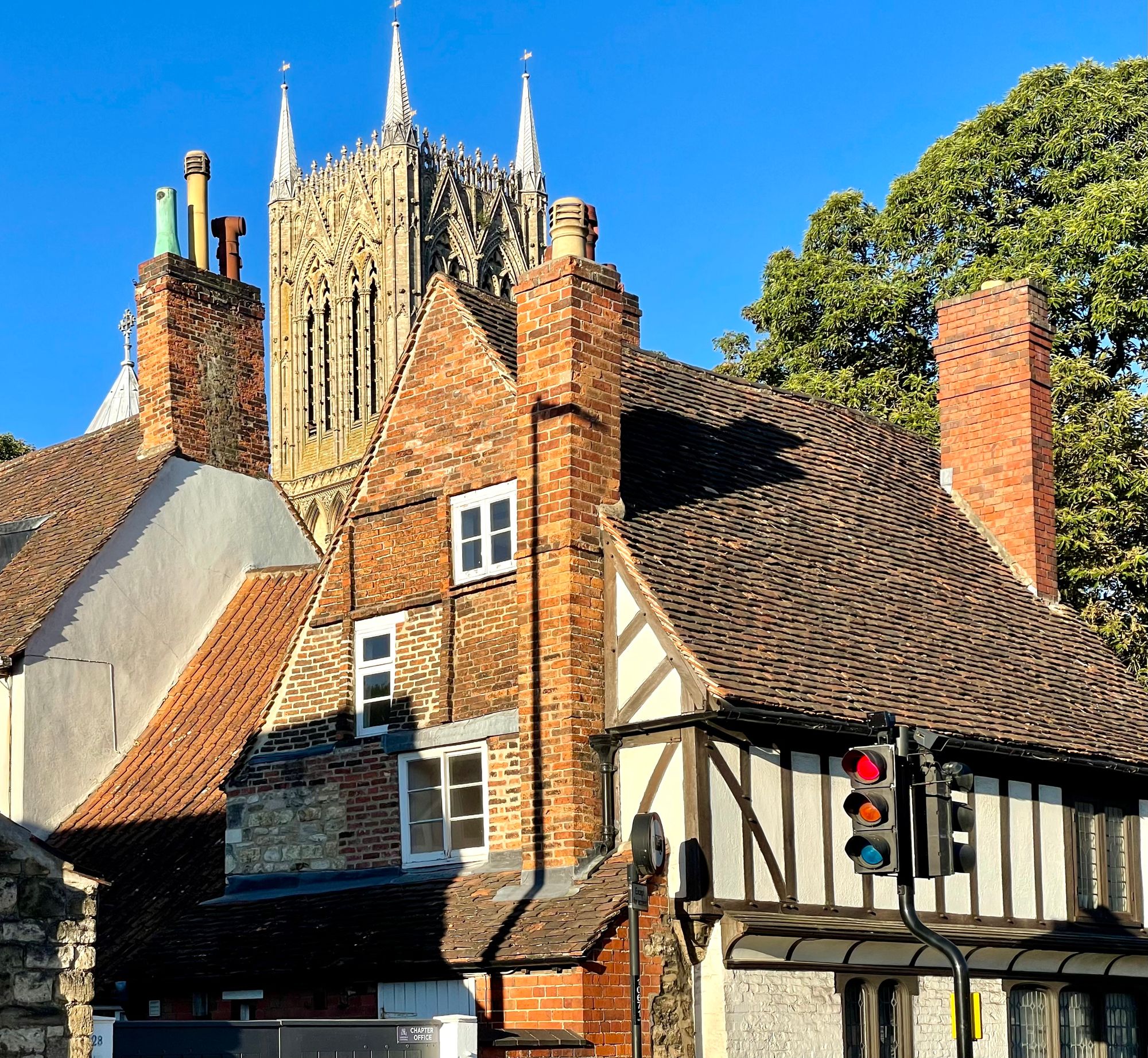
Read the next entry:
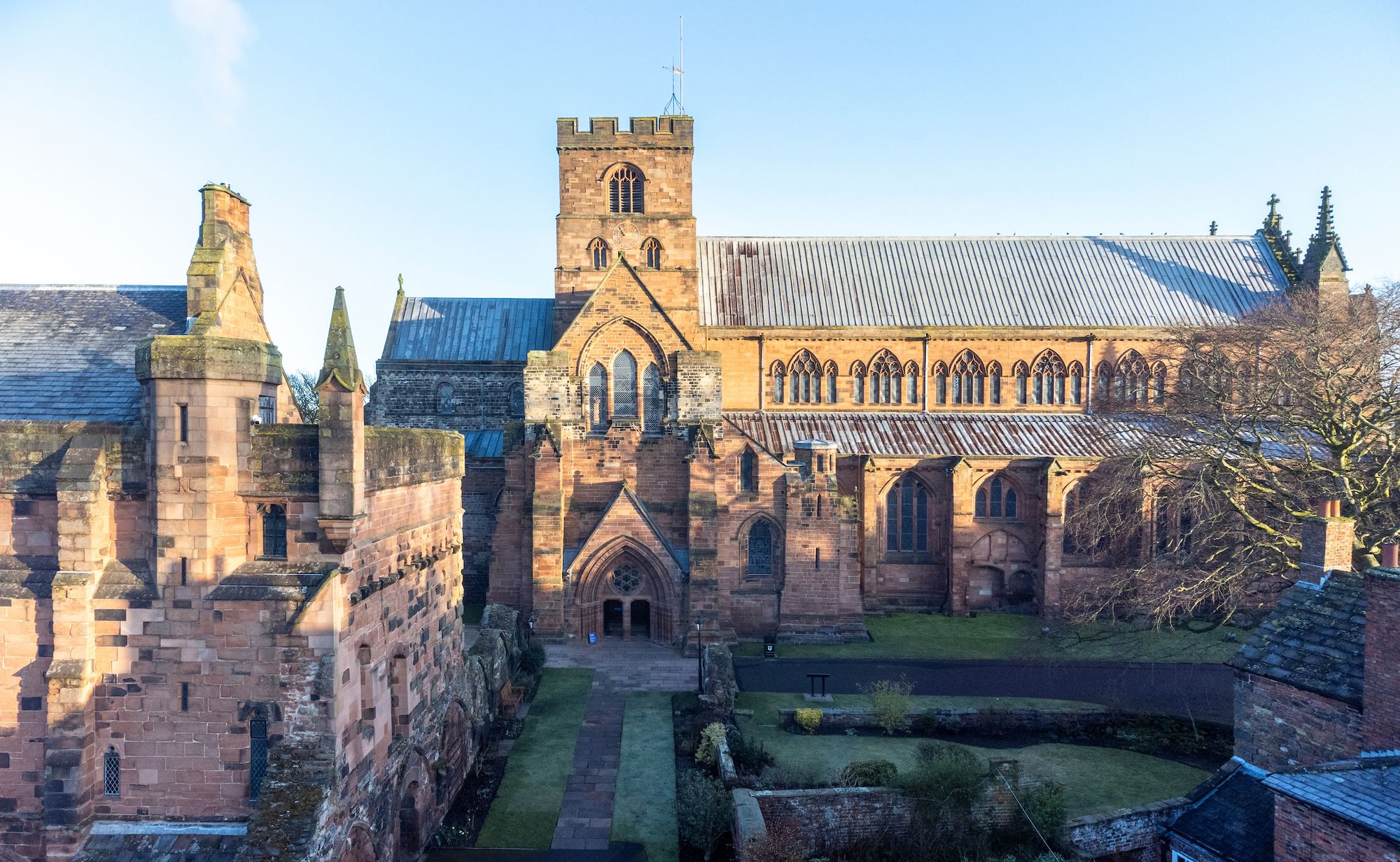
More about this Digest:
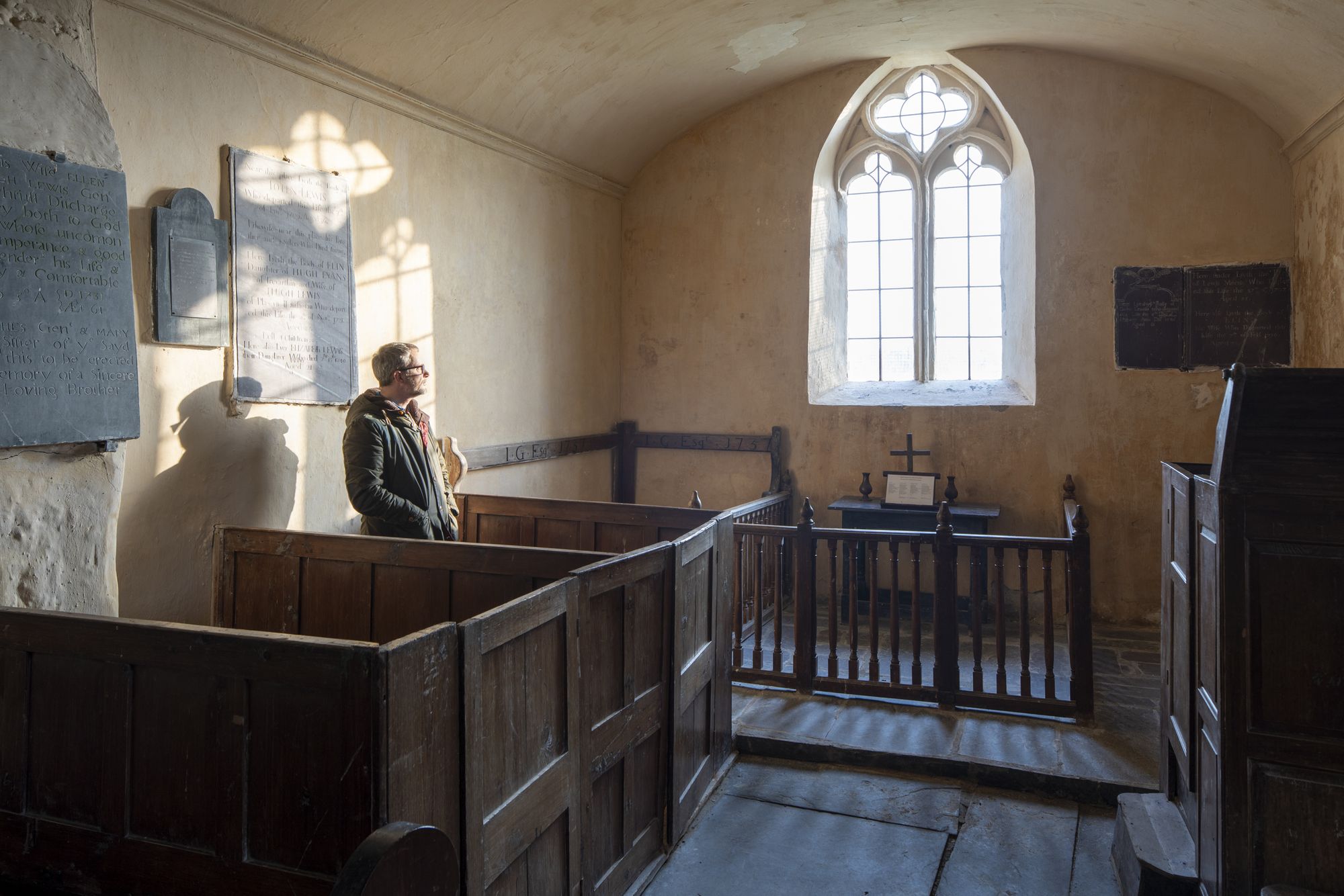
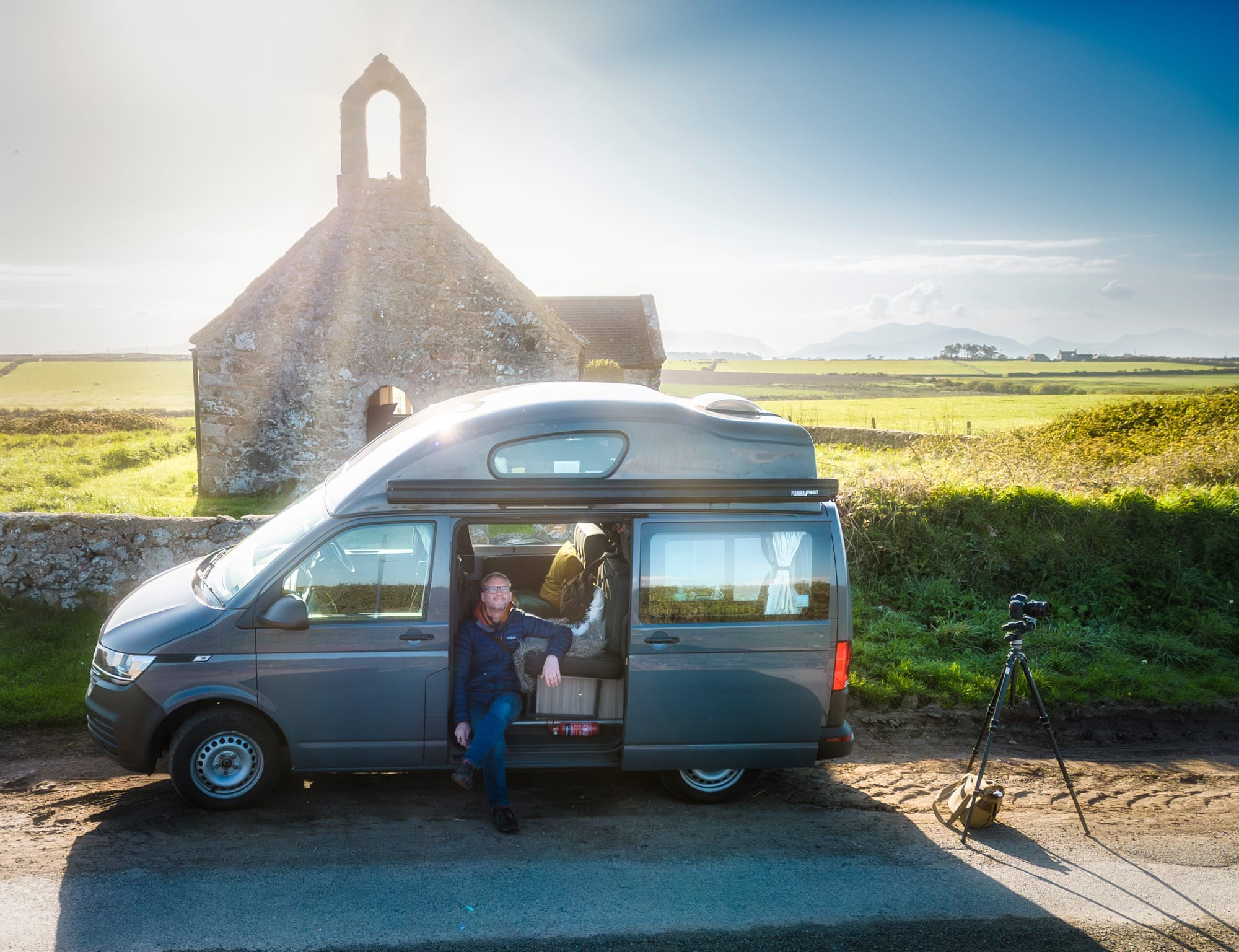
Can you help support me on my journey by becoming a Member?
Help keep Woody on the road and support the Genius Loci Digest.
Explore th Benefits





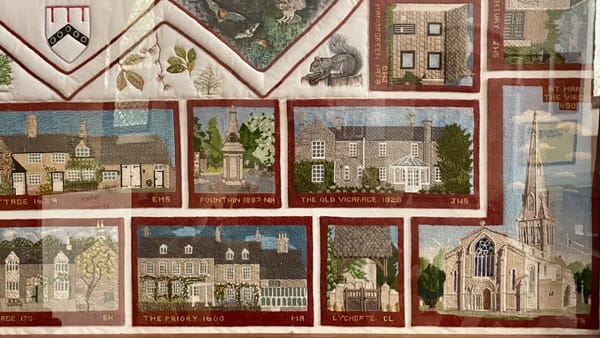

Member discussion